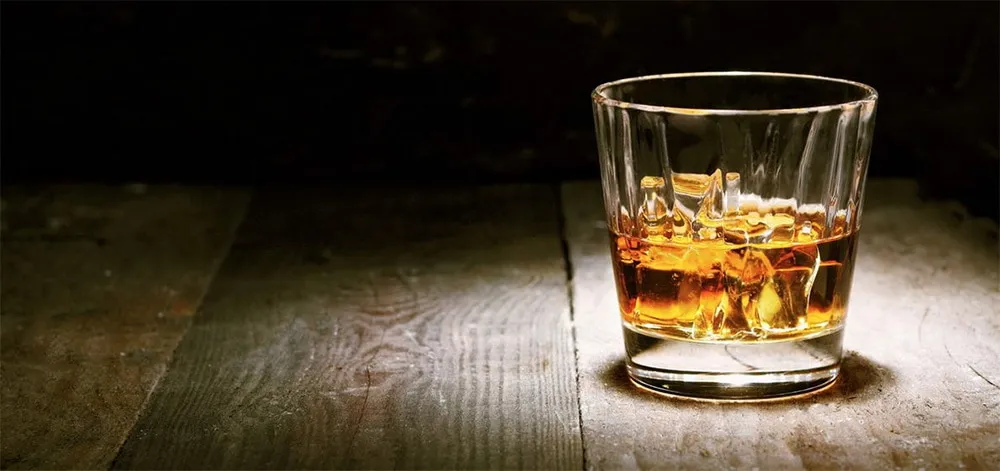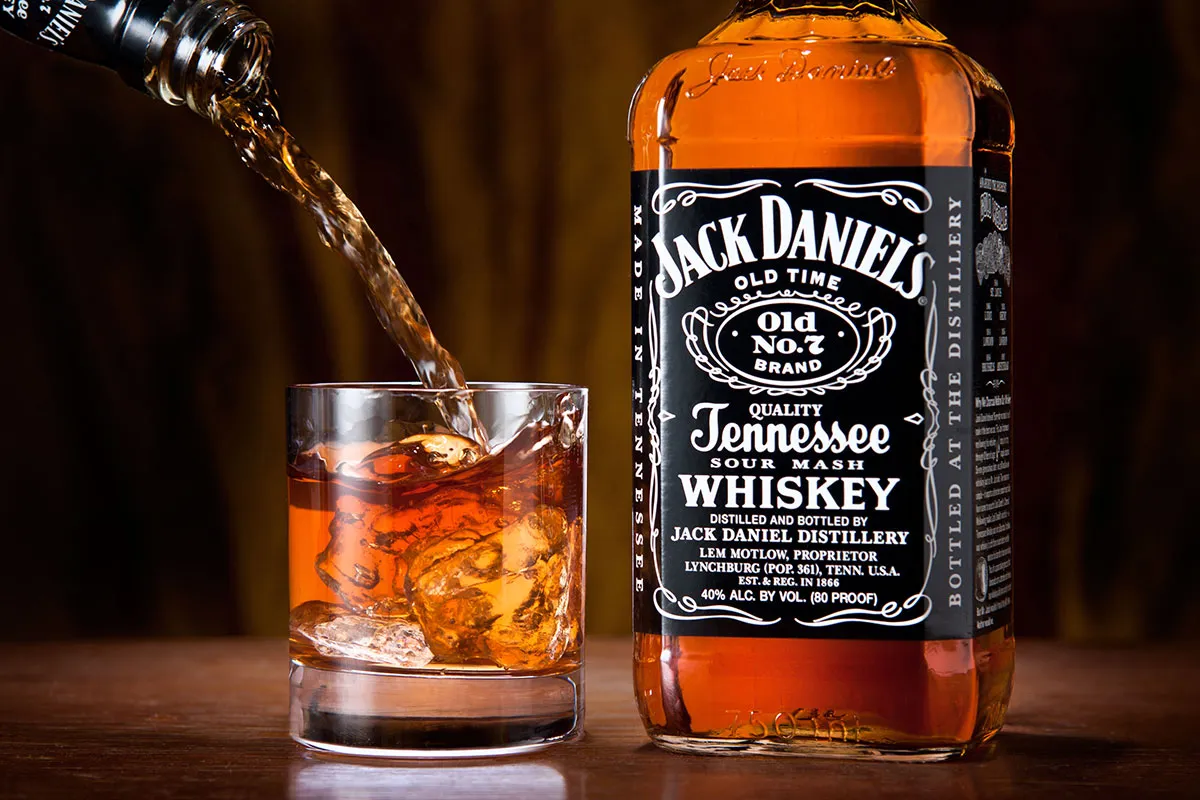People all over the world love tequila. Popular brands like Patron or Jose Cuervo can be found in bars from Japan to California and European cities. Tequila is the ideal drink for festive parties and celebrations. Whether it’s drank in a shot glass or mixed in some refreshing cocktail, the distinct flavor of tequila is enjoyed everywhere with gusto.
Tequila Geography
Tequila is very much linked to Mexico. For those who know the geography of Mexico and tequila well, the drink is specifically tied to the state of Jalisco. Jalisco is found in the western part of Mexico and is where you can find the cities of Puerto Vallarta and Guadalajara. These are the two places where some of the best tequilas are produced. Similar to the drinks Champagne and Cognac, which are named after the regions where they were invented, Tequila’s name comes from a town called Tequila.
Blue Agave
Tequila is produced through the distillation of fermented blue agave juice. Whether you’re sipping on a cocktail mixed with Jose Cuervo tequila or knocking back a shot of Patron tequila, you are drinking the fermented juice of this plant.
There are numerous types of agave. Mexico is home to over 200 types of agave, for instance. Despite the vast number of agave kinds, only the Blue Weber Agave is used for tequila production. In 1905, a German botanist by the name of Franz Weber classified the plant, thus its name. Most people assume the agave belongs to the cactus family, but it is in fact a member of the Amaryllis family.
Tequila Production
Tequila is made within the radius of only five designated Mexican areas. Among all the drinks in the world, tequila has the most strictly controlled regulations. It takes at least six to eight years to bring the agave plant to maturity. After it has matured, the roots and leaves are taken off and the heart portion of the plant is cooked.
The juice of the agave is extracted and allowed to ferment. Double distillation is involved. Afterward, the drink is stored in containers until it can be bottled. You can also find some tequila products with added flavors like lemon, pomegranate, or almond.
Pure Agave Tequila
Tequila drinks are classified into two categories: The first type is pure agave tequila, which is produced at the Blue Weber Agave plant. Some of the world’s choice tequilas are made this way. The tequilas in this category are the best tasting. They are also sought after because of how most people don’t develop a hangover the day after imbibing.
Because of these qualities, tequilas in this category are the most expensive. You will know them by checking the label, which should state “100% Agave.” When purchasing pure agave tequila, bear in mind that labels that state things like “100% agave distilled” or “pure natural, distilled agave” are not the same as pure agave tequila.
Tequila Blend
The second type of tequila is what’s known as “mixed” or “blend”. These tequilas are produced with at least 51% Blue Weber Agave. The rest of the volume is made of sugarcane or corn sugar. One famous tequila brand produced this way is Jose Cuervo.
Various Brands and Methods
Lovers of this drink can pick from many brands, most of which are made by about 150 registered Mexican companies. You’ll find that the tequila produced by these various brands differs in terms of agave used, yeast or micro-organisms used during fermentation, production processes, equipment employed during the distillation process, and also aging methods. Tequilas from both categories are typically sold in five categories based on the age of the drinker. These five categories are: Gold, Blanco, Anejo, Reposado and Extra Anejo.
Mexican Exclusivity
In 1974, the government of Mexico issued a formal declaration known as the “Declaration for the Protection of the Appellation of Tequila.” They did this because of tequila’s geographical origin and also in order to protect the reputation of the drink while keeping the production standards regulated and high. The declaration made tequila of geographical importance to Mexico. The passed law stated that tequila can officially only be produced in certain areas of the country because these places have the right soil and climate to grow the Blue Weber Agave plant.
This law made sure that only Mexico could claim the use of the word “tequila” on the world stage. Also, the declaration ensured that only drinks made with Blue Weber Agave grown in specific areas can be labelled “Tequila.” Since Mexico is a member of the Paris Convention for the Protection of Industrial Property, the World Trade Organization (WTO) and certain other international treaties like NAFTA, the nation was able to protect the standards of tequila production. Anyone who wants to be involved in tequila production is required to obtain a license or permit from the government of Mexico.
Whether you love or hate tequila, you must admit it has a very interesting history and production. The next time you enjoy a pricey shot of Patron or sip a refreshing Margarita made of cheaper Jose Cuervo tequila, remember its historical roots while enjoying its distinctive flavor.




